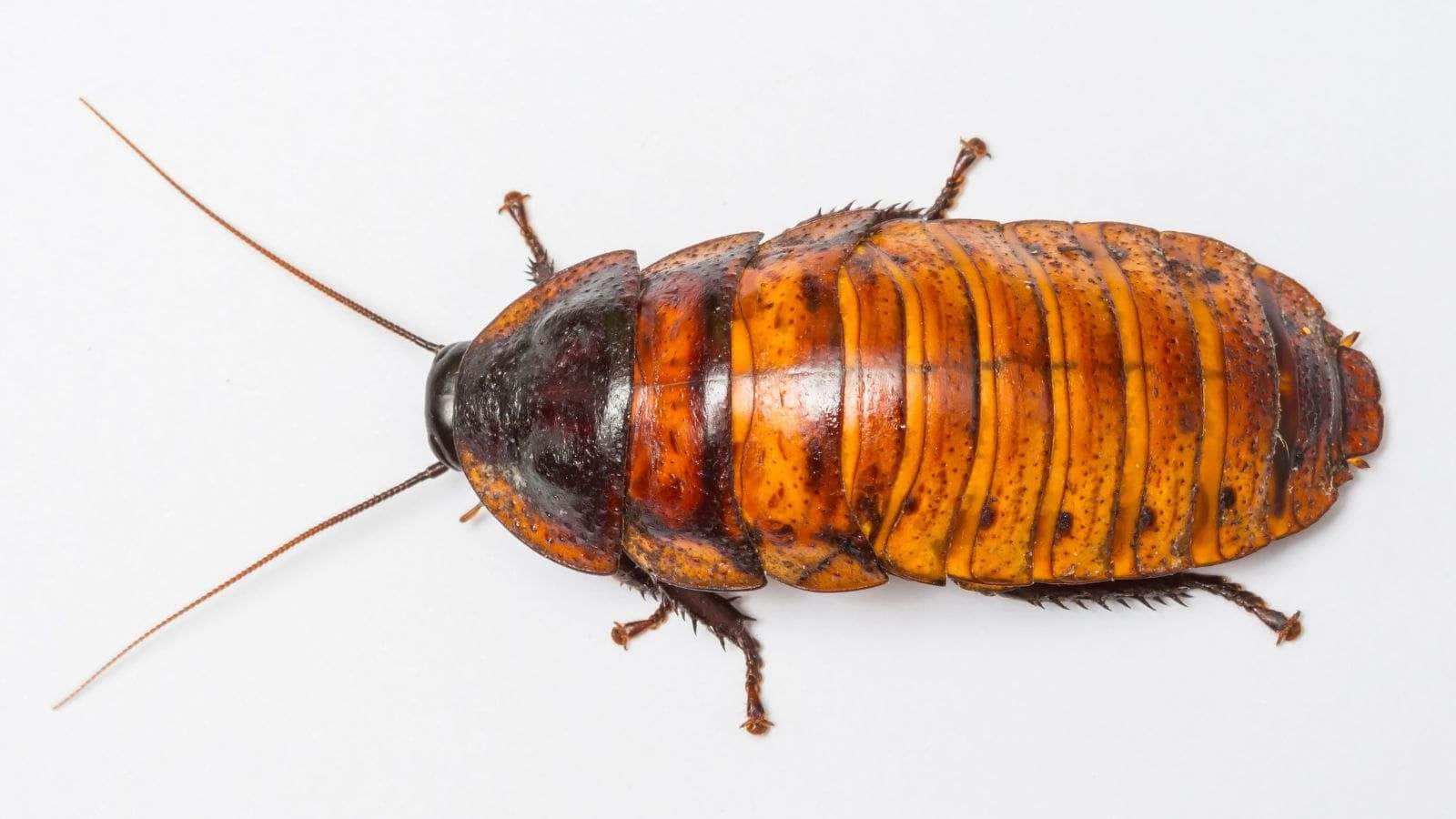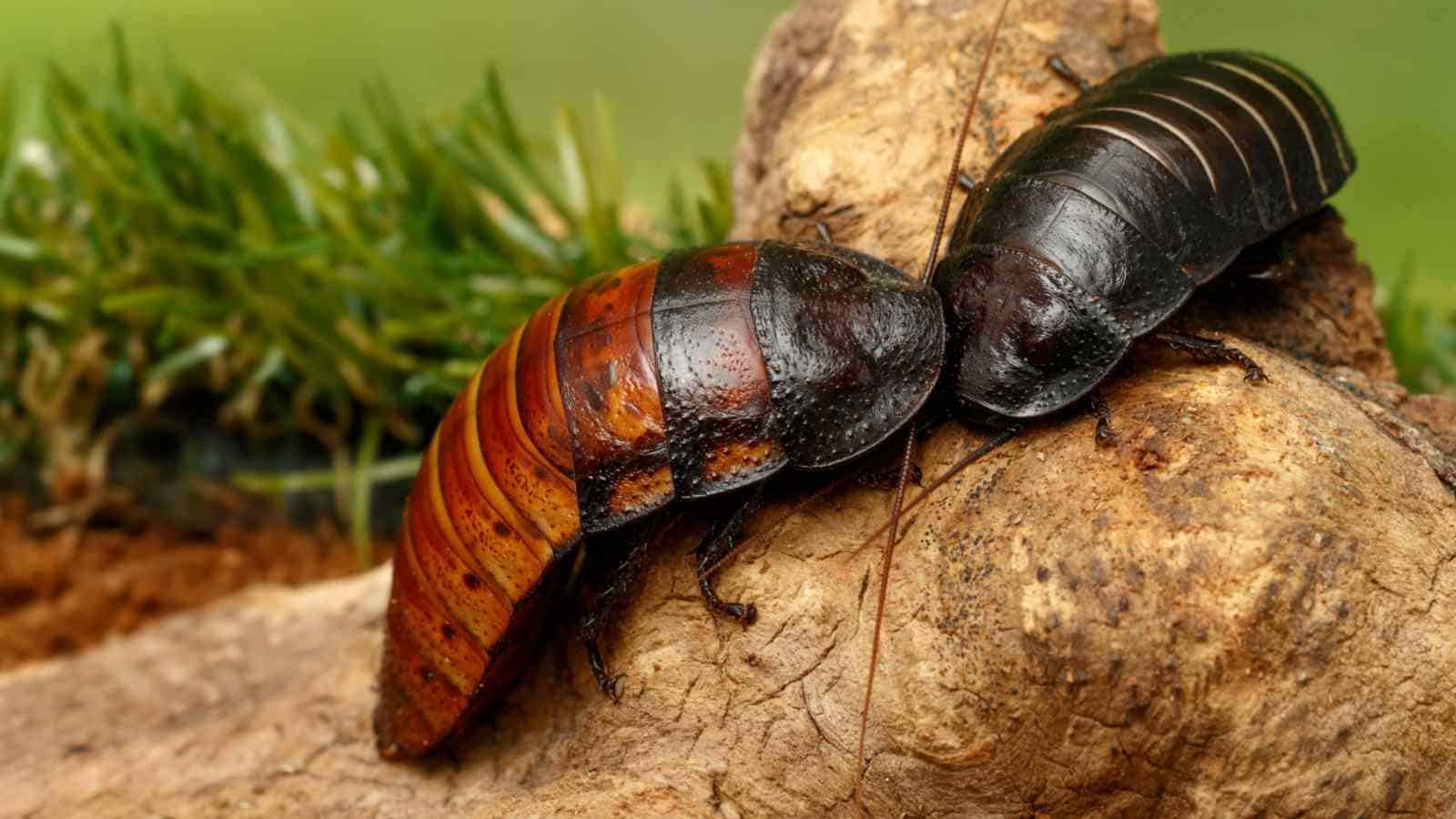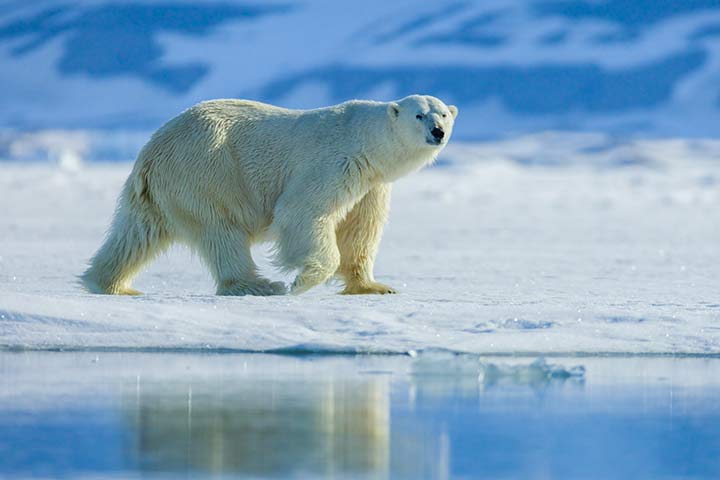Hissing Cockroach: Guide to Madagascar Hissing Cockroaches

The Hissing Cockroach, a name that may send shivers down your spine, is a fascinating creature. Native to the island of Madagascar, this insect is known for the distinctive hissing sound it produces.
Unlike the common perception, these creatures are quite harmless and play a crucial role in the ecosystem.
Hissing Cockroaches are one of the largest species of cockroaches, sometimes growing up to three inches in length. They are wingless, have a shiny brown exterior, and are known for their longevity. Despite their size, they are excellent climbers, thanks to the tiny hooks on their feet.
One of the most intriguing aspects of the Hissing Cockroach is the way it communicates. The hissing sound, from which it derives its name, is produced when they forcefully expel air through the breathing pores.
This sound is typically used for communication, during mating rituals, or as a defense mechanism against predators.
In this article, you’ll learn everything you need to know about the hissing cockroach, and I’ll also bust some common myths to help you not be as fearful of these interesting creatures.
What Is A Hissing Cockroach?
The hissing cockroach, scientifically known as Gromphadorhina portentosa, is a large insect species native to the island of Madagascar, off the coast of Africa.
Unlike most cockroaches, they are wingless but are well-known for the distinctive hissing sound they produce.
This hissing sound, from which they derive their name, is not a result of rubbing body parts together like many insects. Instead, it’s a unique trait caused by forcibly expelling air through specially adapted respiratory openings known as spiracles.
These fascinating creatures are one of the largest cockroach species, growing up to three inches in length. They have a shiny, brown exoskeleton and long, antennae. Their lifespan ranges from two to five years, significantly longer than most cockroach species.
Hissing cockroaches are primarily nocturnal and are not considered pests since they prefer a natural habitat rather than human dwellings.
They are often kept as exotic pets or used in educational programs due to their docile nature and ease of care. Their diet consists mainly of plant material, making them important decomposers in their native environment.
Despite their intimidating appearance and sound, hissing cockroaches are harmless and pose no threat to humans.
Lifecycle of a Hissing Cockroach
The lifecycle of a hissing cockroach, a fascinating insect native to Madagascar, is a journey of remarkable transformation and resilience.
The lifecycle begins with the female hissing roach giving birth to what appears to be live nymphs. The Madagascar hissing cockroach is one of the rare ovoviviparous species of roaches.
This means it produces eggs that hatch within the female’s body, which makes it appear that the female is giving birth to live young. These nymphs, tiny and white at birth, gradually darken to a brownish color as they mature.
The nymph stage lasts for six to twelve months, during which the nymphs undergo several molting phases. In each molting phase, they shed their old exoskeleton and develop a new one, a process known as ecdysis. This process allows the nymphs to grow in size until they reach adulthood.
The adult hissing cockroach, distinguished by its larger size and the presence of horns in males, can live for two to five years. During this stage, they reproduce and continue the lifecycle. Interestingly, the hissing sound they are named for is a defense mechanism used to ward off predators.
What Do Hissing Cockroaches Look Like?
Madagascar hissing cockroaches are one of the largest species of cockroach in the world. This means that they are quite large compared to other cockroaches, with adults reaching up to three inches in length.
Their bodies are oval-shaped, and they have a shiny, dark brown or black exoskeleton that provides a robust protective shell.
Unlike most cockroaches, they lack wings, compensating with a highly adept ability to climb even smooth surfaces. They have long, segmented antennae which they use for navigation and sensing their environment.
One of the most distinctive characteristics of these cockroaches is the pair of large, pronounced respiratory openings, or spiracles, on their abdomen. These spiracles are the source of their namesake hissing sound, which they produce by forcefully expelling air.
Their legs are covered with spines, aiding in their climbing abilities, and males are distinguishable by their thicker, more prominent ‘horns’ or bumps on the pronotum (the plate-like structure covering the thorax).
Habitat and Diet Of Madagascar Hissing Cockroaches
Native to the island of Madagascar, the hissing roaches’ unique habitat is primarily the island’s rainforest, where they dwell in rotting logs and feed on organic matter.
These cockroaches are detritivores, meaning they consume decaying plant and animal matter. This diet plays a crucial role in their ecosystem as they help break down dead and decaying materials, returning essential nutrients back to the soil. Their diet is not limited to decaying matter, though.
Madagascar hissing cockroaches also enjoy fresh fruits and vegetables, making them opportunistic feeders.
Unlike other cockroach species, these creatures are not known to be pests. Instead, they live a quiet life in their natural habitat, contributing significantly to the nutrient cycle of the rainforest.
Social Behavior Of Madagascar Hissing Cockroaches
Unlike many other insects, these hissing cockroaches are known for their gregarious nature. They live in large colonies, often with multiple generations cohabiting in the same space.
Their social structure is hierarchical, with dominant males, recognizable by their larger size and more pronounced horns, leading the groups. They establish territories and defend them from other adult males.
These alpha males frequently engage in aggressive interactions for dominance, using their distinct hissing sounds as a form of communication. This hiss, produced by forcefully expelling air through their spiracles, is unique among insects and is primarily used during mating rituals and disputes.
Adult females, on the other hand, are more passive and tend to care for the young. They are ovoviviparous, meaning they give birth to live young, a rarity in the insect world.
The social behavior of Madagascar hissing cockroaches is a fascinating study of insect sociology, illustrating how even the smallest creatures can have complex and hierarchical social structures.
Their unique communication methods and reproductive habits offer intriguing insights into the diverse world of insect behavior.
Do Madagascar Hissing Cockroaches Bite?
Many people are curious to know whether Madagascar hissing cockroaches bite or not. These insects, known for their unique hissing sound, are among the largest cockroach species in the world. Despite their intimidating size and sound, the truth is, they are not aggressive creatures.
Madagascar hissing cockroaches are generally docile and prefer to avoid confrontation. They are more likely to hiss or play dead when they feel threatened rather than bite.
Their hissing sound, produced by expelling air from their breathing holes, is primarily a defense mechanism, not a sign of aggression.
However, like all creatures, they may bite if they feel extremely threatened or cornered, but this is very rare.
Even if they do bite, it’s not harmful to humans, as they don’t carry venom or transmit diseases like other pests. Their jaws are not strong enough to break human skin easily.
And there you have it, everything you need to know about hissing cockroaches. These interesting creatures are unique and unlike any other cockroach species most people have come across!








No comments:
Post a Comment